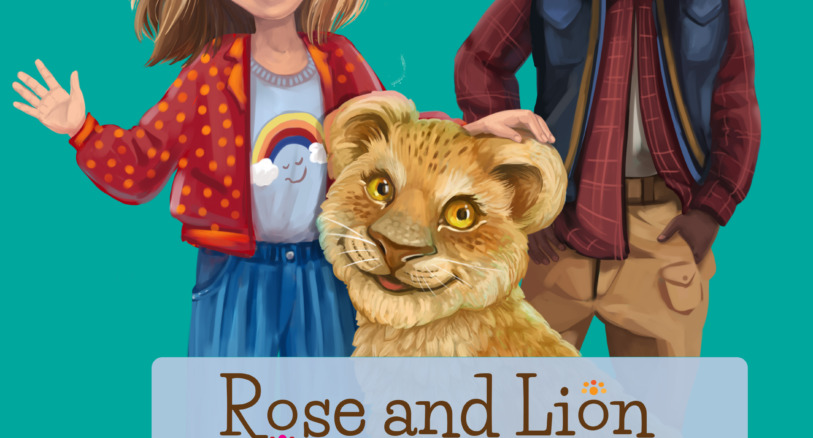One day my stepson looked at a raw potato, stared fixedly at our concrete garage wall and asked, “What would happen if I threw this potato at that wall?” I was glad he asked, and it wasn’t only because I had a chance to warm up to the idea of a mess and the loss of a potato. I was also captivated by his curiosity. I would have never asked that question. But I answered, “Let’s find out!”
He threw the potato. It smashed against the wall. The result? An inedible potato. A smiling kid and stepmom.
When you are curious about something, you want to learn more. This means you ask questions and then research the answers. Your research may include a performing a simple search on the internet, conducting an experiment or even just observing what you are curious about in order to learn. As you dig deeper to learn the answer, you engage and develop better critical thinking skills. You must assess whether what you are learning is accurate, or whether there is bias present in the answer you have found. You ask yourself whether you have a complete answer, and if you do not, you ask more questions and then find more answers. You learn to spot gaps in your answers. This is a form of analysis. Curiosity helps you develop your analytical skills and to see patterns in the data you collect. Patterns help you tell a story. When you tell a story, you create a memorable impact on someone. Curiosity, therefore, can be used to develop critical thinking, analytical, pattern recognition and storytelling skills. These skills are difficult to develop without curiosity.
Curiosity is a critically important trait, yet it is often treated as an optional skill. Evidence shows that very young children are naturally curious, but over time, curiosity decreases. One reason for this is that a school classroom often emphasizes following a curriculum set by a teacher (or school system) and getting the right answer on a test. When a student believes there is a right answer, this decreases his or her willingness to be wrong. This also diminishes one’s willingness to be curious, as the student learns to follow the teacher’s lead and learn primarily about only the topic the teacher emphasizes and tests the student on. This attitude may also carry over into the child’s future in the working world, showing up as an expectation that the boss will provide direction and the worker will follow it.
Unfortunately, the dynamic and shifting environment in which we live is opening an even greater need for creative, flexible and adaptable solutions driven by curious leaders. A curious leader will explore unanswered questions and be comfortable with ambiguity and the unknown. The traditional business model that emphasizes “this is how we have always done business” is being turned on it’s head and there is a great need for curiosity-driven inquiry.
An effective leader will ask a series of questions without needing to be seen as an expert with the “right answer.” The leader is then able to call upon additional skills to analyze the answers (critical thinking, analysis, pattern recognition), develop a visionary solution and gain support for the vision through persuasive storytelling.



